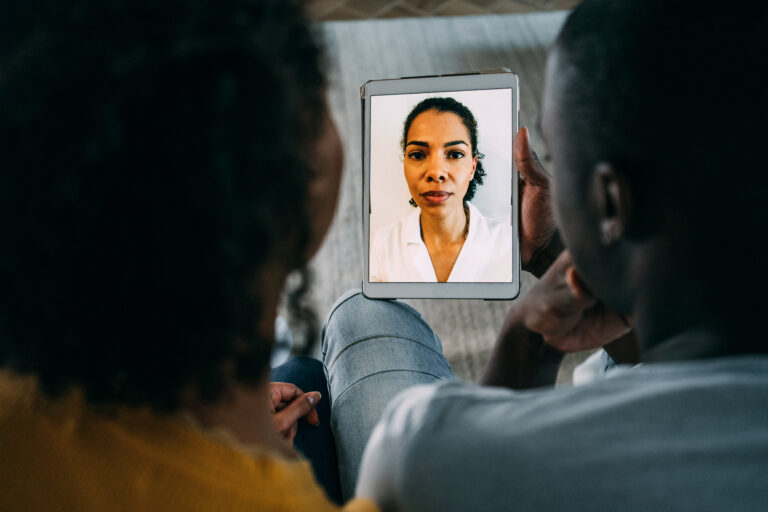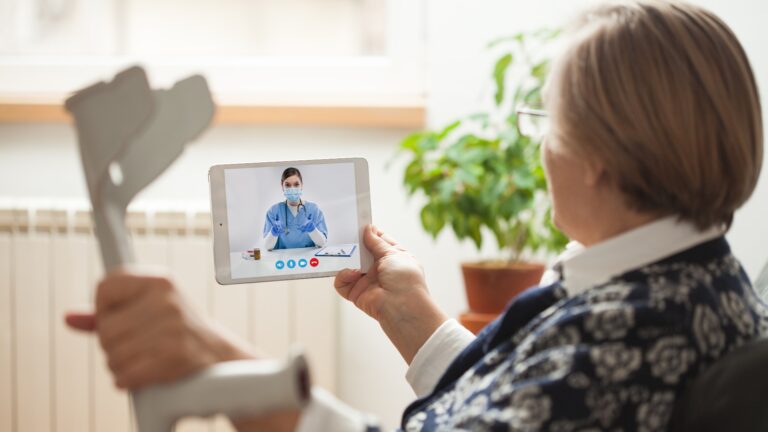
5 Ways Virtual Care Can Reduce Health Disparities
Over the last two years, the U.S. healthcare system has worked around the clock to care for countless patients. The struggle has been intense, and hospitals and health systems nationwide have risen to the challenge.
Still, the heavy influx of patients resurfaced a long-standing problem. Healthcare disparities remain significant, drastically reducing access to quality care services for racial, ethnic and cultural minority groups.

